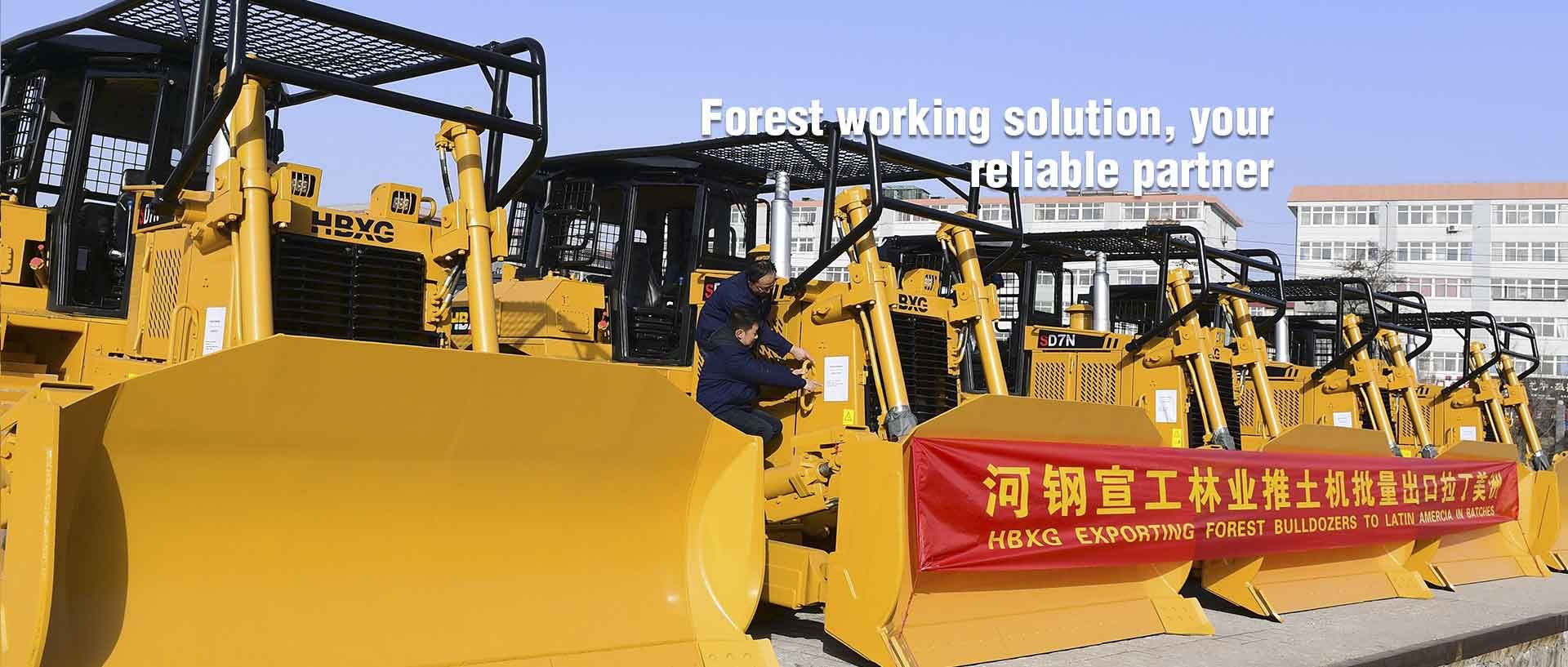Differences Between a Cultivator and a Tiller
 Mar. 19, 2025
Mar. 19, 2025
When it comes to soil preparation, both cultivators and tillers play essential roles, but they serve different purposes. The key differences between the two tools lie in their size, power, and function.
Cultivator vs. Tiller: Key Differences
Size & Power: Cultivators are smaller and less powerful, making them ideal for lighter gardening tasks. Tillers, on the other hand, are larger and more robust, capable of breaking through tough, compact soil.
Depth of Soil Penetration: A cultivator works near the surface, mixing and aerating existing soil. A tiller digs deeper, making it suitable for breaking new ground.
Best Uses: Cultivators are great for maintaining existing gardens, mixing compost, and weeding, while tillers are better for preparing new garden beds and breaking up hard soil.
What is a Cultivator?
A cultivator is a lightweight tool designed to loosen soil, mix in compost or fertilizer, and remove weeds. Due to its small size and maneuverability, it is perfect for everyday garden maintenance.
What is a Tiller?
A tiller is a powerful machine designed to break up hard, compacted soil, making it ideal for creating new garden beds. With its heavy-duty tines and greater working width, a tiller is the go-to tool for major soil preparation tasks.
Types of Tillers
Front-Tine Tillers
Front-tine tillers, such as the Husqvarna TF 324, are ideal for small to medium-sized gardens where the soil is firm but not rock-hard. Their wheels are positioned behind the tines, making them easy to maneuver in tighter spaces. They are well-suited for loosening soil and preparing garden beds.
Rear-Tine Tillers
For more demanding tasks, such as breaking up rocky or compacted soil, rear-tine tillers like the Husqvarna TR 348 offer superior power. These models are best for large gardening projects, where deep soil penetration is required.
Features & Considerations
Cultivator Features
Compact and easy to maneuver
Designed for light soil preparation and weeding
Available in gas-powered, cordless, and corded electric models
Some models eliminate the need for a pull cord
Two-cycle and four-cycle engine options (four-cycle engines do not require fuel mixing)
Tiller Features
Larger and built for heavy-duty tasks
Can break down old plant material and mix it into the soil
Tines penetrate deeply for effective soil turnover
Some models come with self-propulsion for easier handling
Pneumatic tires provide better traction and mobility
Rear-tine tillers may offer reverse drive for enhanced control
Select models include a Power Take-Off (PTO) for powering attachments
Choosing the Right Tool for the Job
When to Use a Cultivator?
Cultivators are best for:
Mixing fertilizer or compost into topsoil
Aerating existing soil without major disruption
Weeding between plant rows
Loosening crusted soil before irrigation
Working around growing plants
When to Use a Tiller?
Tillers are the better choice for:
Breaking up hard, compact soil
Creating new garden beds
Preparing soil for a new lawn
Tilling heavy clay or rocky ground
Mixing large amounts of organic material into the soil
Shopping for a Cultivator or Tiller
When deciding between a cultivator and a tiller, consider the nature of your gardening projects. For regular garden maintenance and light soil preparation, a cultivator is an excellent investment. If you frequently need to break new ground, a tiller will be a more suitable choice.
Frequently Asked Questions
When Should I Till or Cultivate My Soil?
Start early! If you’re incorporating fertilizer or compost, allow at least one to two weeks for it to settle into the soil before planting. This ensures nutrients are absorbed and the soil retains moisture.
Do I Need a Tiller or a Cultivator?
A tiller is best for breaking new ground, while a cultivator is used for maintaining an existing garden.
Are There Non-Gas-Powered Cultivators?
Yes! Cultivators come in manual, corded, and cordless electric models for environmentally friendly and convenient options.
Can a Tiller Handle Tough, Solid Ground?
Yes! A tiller is the most powerful option for breaking up hard soil. Choose a model with a high-powered engine to ensure effective performance. Moistening the soil beforehand can also make tilling easier.
By understanding the differences between cultivators and tillers, you can choose the right tool to keep your garden thriving.
Choosing the right tool to help efficient purchasing
Knowing the difference between a cultivator and a loosening machine allows you to choose the tool that best suits your needs. If your project focuses on routine garden maintenance and light soil treatment, investing in an easy-to-operate cultivator would be a wise choice. For tasks that require frequent breaking of new ground and large-scale soil treatment, choosing a powerful loosening machine will provide strong support for your gardening projects.
Whether you're preparing soil for commercial gardens, farmland, or performing large-scale land remediation, our tillers will meet your needs. As demand increases, choosing the right tools in bulk not only ensures efficiency, but also reduces operating costs. Contact us today to learn more about bulk purchasing discount pricing and customised services that will keep your horticultural projects running smoothly, and your soil treatment challenges at ease.



























